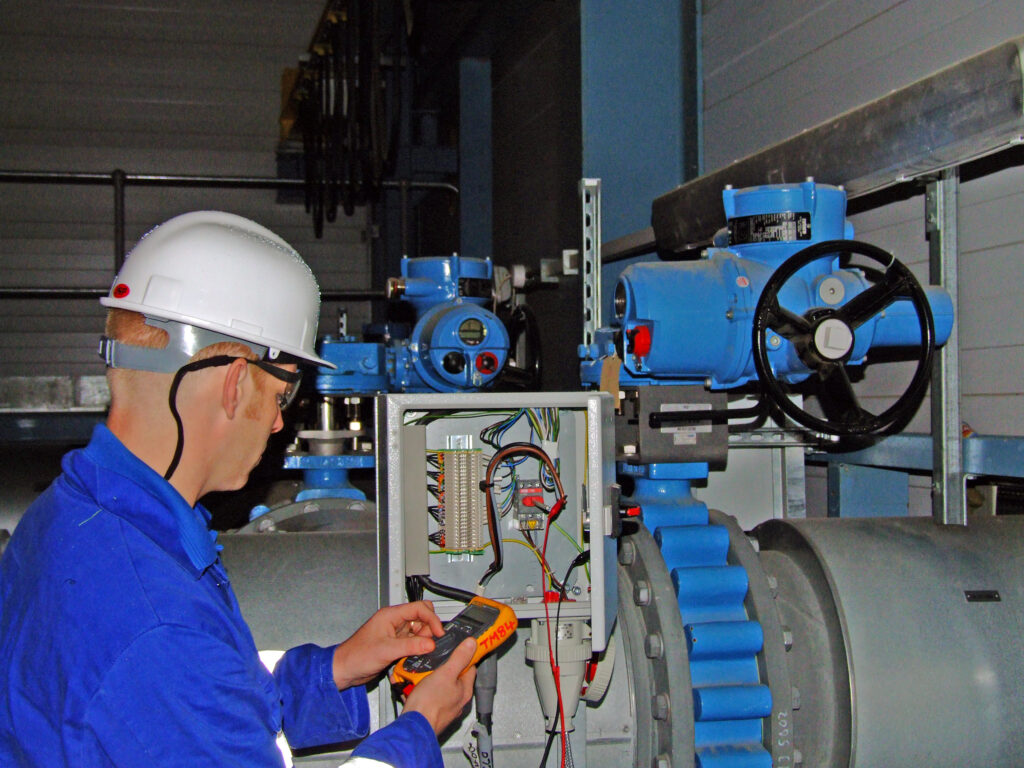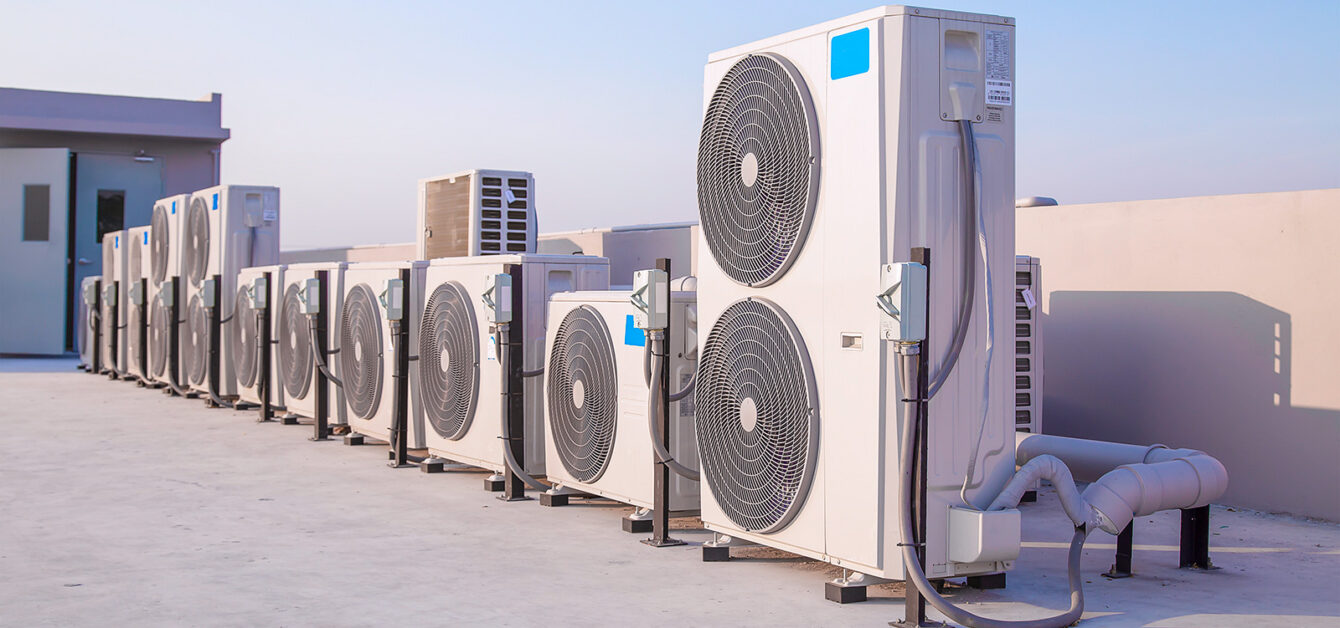How Valve Actuators Work And What They’re Used For
Valve actuators are devices that control the flow of gas or liquid through a valve. The valve could be a hydraulic, pneumatic, or electromechanical device. Valve actuators can make precise changes in pressure and flow, which is critical in many applications.

They are used in a variety of processes and industries. Valve actuators control hydraulic, pneumatic, and electromechanical valves. Electromechanical actuators use electricity to move valves depending on input from sensors and other devices.
Valve Actuators Are Devices That Control The Flow Of Gas Or Liquid Through A Valve
Valve actuators are devices that control the flow of gas or liquid through a valve. They are frequently employed in sectors like pulp and paper production, power generation, oil and gas extraction, and chemical processing.
Valve actuators can make precise changes in pressure and flow by controlling valves remotely or automatically via automated systems (via computer). This allows for greater control over processes such as chemical reactions.
They Are Used In A Variety Of Processes And Industries
The valve actuators are used in a variety of processes and industries. They are used to regulate valves that let gas and liquid into reactors in the chemical industry, as well as in the oil and gas industry to regulate valves on pipelines and even in the medical field to regulate blood flow through artificial heart valves blood flow through an artificial heart valve.
They Can Make Precise Changes In Pressure And Flow, Which Is Critical In Many Applications
Valve actuators are used in many applications where precision is important. A common example of this would be in the automotive industry, where valve actuators can be found controlling fuel injectors and other valves that regulate pressure and flow.
In addition to being able to make precise changes in pressure and flow, these devices also help reduce wear on mechanical components by reducing their exposure to high temperatures or corrosive fluids.
Valve Actuators Control Hydraulic, Pneumatic, And Electromechanical Valves
Valve actuators are used to control valves. They might be electromechanical, pneumatic, or hydraulic.
Hydraulic actuators use fluid pressure to move valves. They’re often found in cars and other vehicles, where they control things like the power steering pump and brakes (among other things).
Pneumatic valve actuators use air pressure to move valves, like those used in large industrial plants or power plants where there isn’t enough room for large amounts of hydraulic fluid storage tanks needed by hydraulic systems.
Conclusion
Valve actuators are an important part of many manufacturing processes. They help you control the flow of gas or liquid through a valve so that you can get just the right amount needed for your process. You can also use them to make precise changes in pressure and flow which are critical in many applications such as medical equipment or agriculture equipment.

